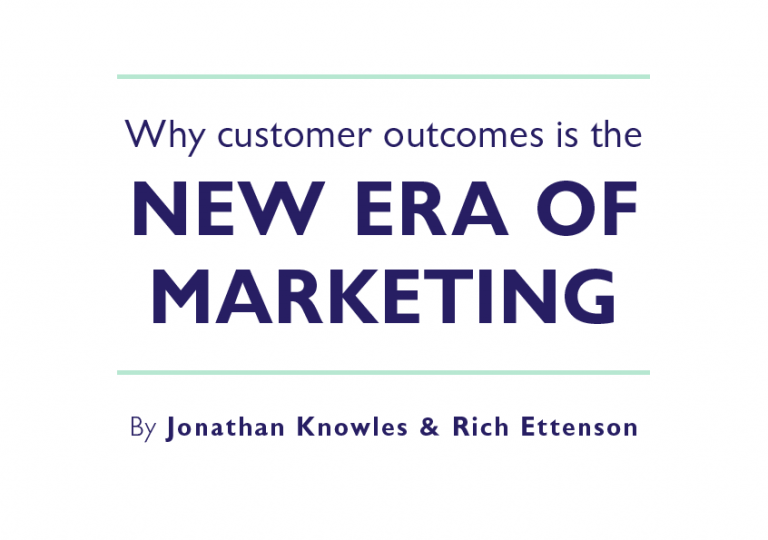Filter by subject
Article Strategy
In the fourth article of “The Strategy of Change” series in MIT Sloan Management Review, we explore how a focus on creating value for a broader range of stakeholders can result in much better strategy. Published in August 2021
Article Strategy
In this third article in our MIT Sloan Management Review series, we share three key insights emerging from the MADStrat research – the proportion of companies for which change in magnitude vs. activity vs. direction are appropriate; the need to be both relevant and distinctive; and the requirement to consider the interests of multiple stakeholders in order to develop truly sustainable strategies. Published in May 2021
Article Strategy
In our second article in the “strategic management of change” series in the MIT Sloan Management Review, we identify how traditional approaches to strategy development embody two assumptions (industry stability; and shareholder primacy) that limit their usefulness now that a dynamic, multi-stakeholder approach is required. We describe how a focus on fit to purpose and relative advantage provides the key to identifying what form of change is appropriate to the specific context of a business. Published in December 2020
Article Strategy
The word “change” covers a broad spectrum of possibilities – in the first article of “The Strategy of Change” series in the MIT Sloan Management Review, we identify the three major forms that change can take: magnitude, activity or direction. Published in August 2020
Article Strategy
Commentary on Nike’s masterful alignment of its brand with a social cause that was authentic for the company to champion – and that drove purchase consideration among its target customers, even as it provoked a negative response from peripheral customers.
Article Strategy
Coauthored with two senior marketing executives, we explore how B2B businesses have to go beyond talking about their capabilities (aka solutions) and focus on the outcomes that they enable their customers to achieve. We identify five areas in which change is required in order to reflect this orientation towards customer outcomes.
Article Strategy
Brands are commercial constructs whose role is to persuade customers to buy. It is only a good strategy for a brand to define itself in terms of a social cause if it can do so authentically – and that the purchase behavior of its target customers is driven by their commitment to this cause.
Article Strategy
Harvard Business Review featured my commentary on how it was important to distinguish between the interests of your brand and your corporate reputation in order to understand the role that social purpose should play in your strategy.
Article Strategy
We put forward S.A.V.E as the B2B version of the four P’s — broadening the concept of product to solution; place to access; price to value; and promotion to education.
Report Strategy

Marketing is a business discipline that adapts to changes in technology that impact how customers discover, evaluate, purchase and consume products and services. Marketing is therefore the most context-dependent of all the business disciplines.
Marketing has been through a number of “eras” since it first emerged as a business discipline at the beginning of the twentieth century. The goal of this report is to analyze the changes in technology that give rise to each era in order to understand how marketing should respond to the latest technologies – digitization, the Internet of Things, and personalization.
Our conclusion is that a focus on customer outcomes is what is required to ensure that marketing continues to meet its purpose of acquiring and retaining customers.